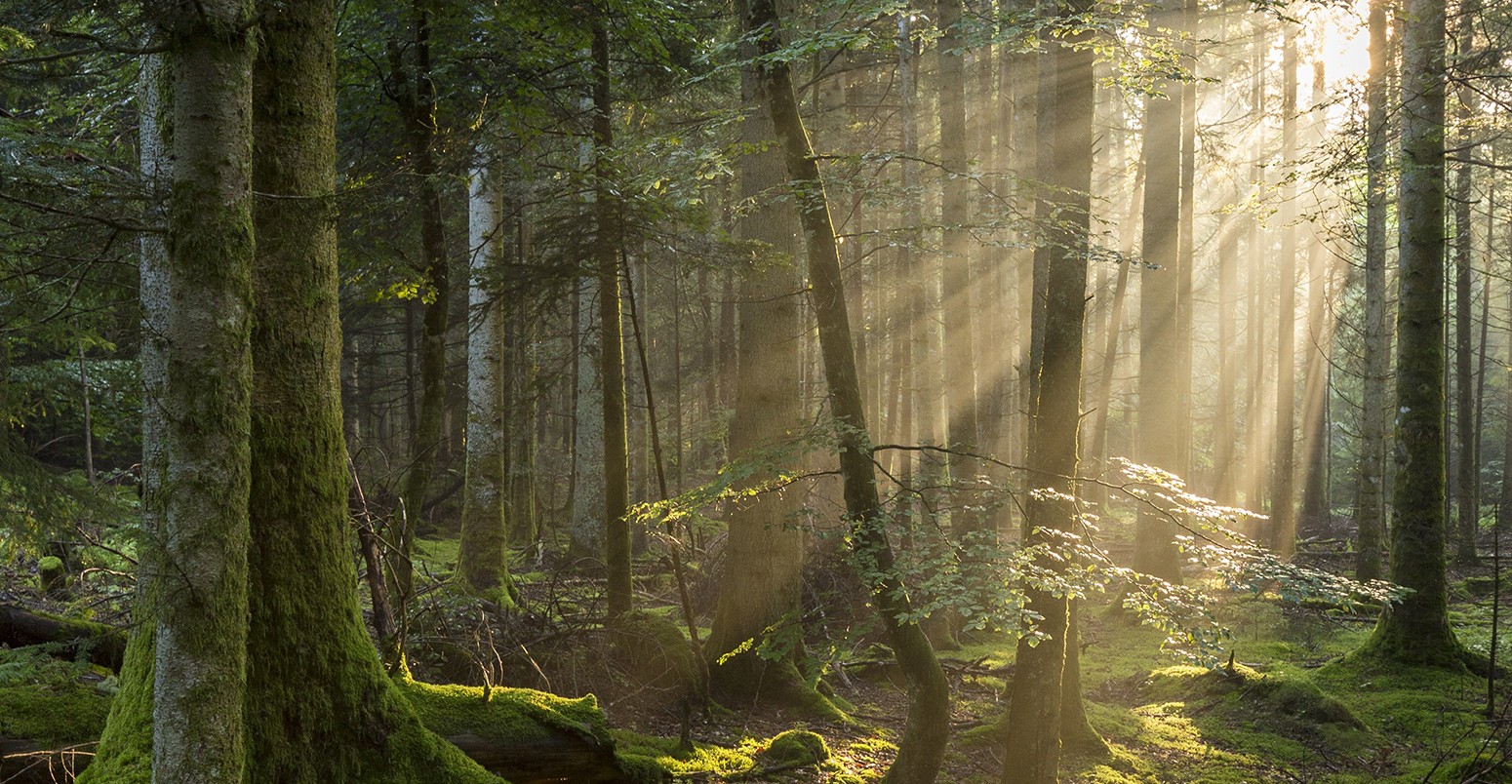
Welcome to Carbon Brief’s new website. It’s been almost five years since we launched and our original website has served us well. But we freely admit that it was beginning to creak and fray at the edges. Worse still, it was also holding us back in terms of the range of journalism we could publish. It was time for a fresh start.
We have spent much of the summer working hard behind the scenes preparing and building this new site. The first thing you might notice is how rich visually it is in comparison to the old site. We strongly believe that high quality photography and infographics are vital elements when seeking to explain the often complicated and nuanced science and policies of climate change.
We also hope you will find that our new site is now much easier to use – both in terms of searching for content and navigating your way around the various topics we cover. Be it carbon emissions, Arctic sea ice extent, deforestation, or climate finance pledges, you should now be able to find what you’re looking for in our extensive archive of articles in just a few seconds.
The new site has already liberated us in terms of the type of journalism we can produce. For example, today we have published our new interactive UK Energy Map. At a glance, you can now see the various sources of power generation across the UK, both in terms of their precise location and at the scale of their generating capacity. Toggle between the different sources to see the differences in geographic spread and scale. This level of interactivity and visualisation just wasn’t possible on our old website.
In response to feedback from readers who were seeking a “one-stop shop” for important data, we have also created two Data Dashboards – one for energy trends and one for climate change. These show key indicators, such as global emissions and sea level rise, and we will update them as new data is published.
Our new In Focus section acts as our library of explainers, factchecks, interviews, guest posts and infographics. And the Daily Briefing button in the navigation bar at the top of the screen contains the web archive of our free daily email newsletters that we send out at 0900GMT each weekday to our subscribers. The email includes a hand-picked summary of all the key climate and energy stories in that day’s media, as well as our latest articles and a selection of the key papers published in peer-reviewed journals.
We have always greatly valued our readers who share and discuss our content on social media channels, such as Twitter and Facebook. So we have tried to make it as easy as possible for you to continue doing so, with improved functionality on our “share” buttons. The website has also been designed to work equally well on a variety of screen sizes and browsers, be they desktops, tablets or mobiles.
Lastly, we are delighted to introduce Carbon Brief’s new contributing editors. Eight leading UK-based climate scientists, each with different yet complementary experience and specialisms, have agreed to us keep up-to-date with the latest scientific developments, as well as advising us, when required, on matters of scientific accuracy. All eight are now listed on our new About Us page.
We hope you enjoy and value our new website. Please bear with us over the next few days if you spot any glitches or oddities as the content from the old site migrates over to its new home. Our developers say this transition can take up to 48 hours. More broadly, though, if you have any comments, questions or suggestions, please don’t hesitate to contact us.
Leo Hickman, editor

